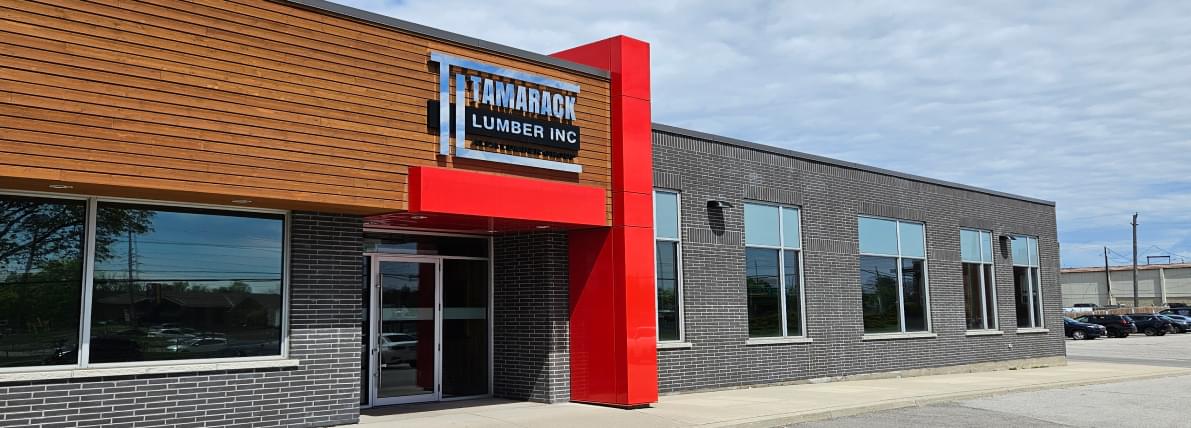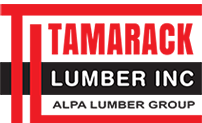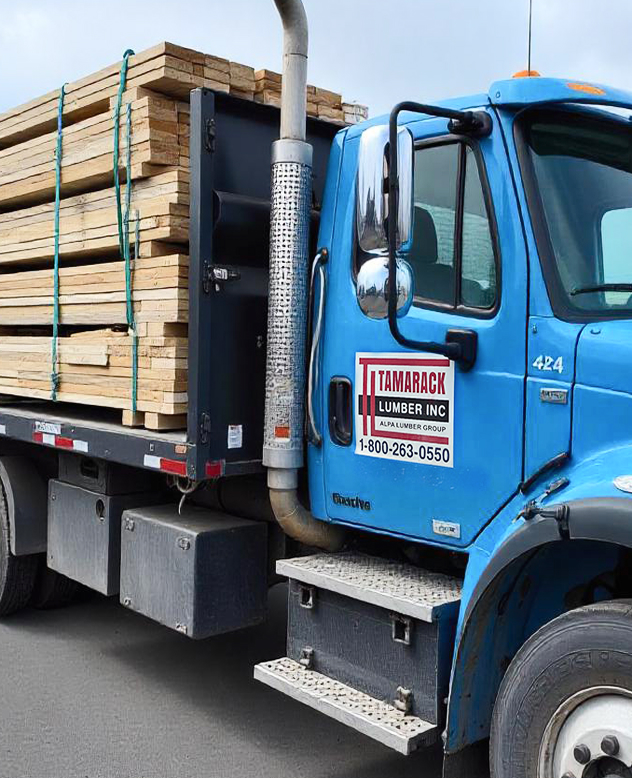
Interior Trim FAQ
When it comes to understanding the differences between interior trims and mouldings in Toronto, it can leave some scratching their heads. Aren’t they the same? Is solid wood better than medium density fiberboard (MDF)? What are the most common types of mouldings found in the home?
Today our goal is to better your understanding when it comes to interior trimmings.
In this blog we will go in depth by answering a few frequently asked questions regarding trim and mouldings in Toronto.
What’s the difference between trim and mouldings in Toronto?
Trim
Trim can be understood as an all-encompassing term that describes all the moulding types that are found within the home.
Mouldings
Mouldings on the other hand, refer to a broad classification of millwork – that is any kind of woodwork that comes from a milling facility. Mouldings are in essence the non-structural elements that offer both protective and decorative purpose to a particular room.
What is interior trim typically made of?
Interior trim is commonly found in either solid wood or medium density fiberboard (MDF) types. While you can find one or the other, or a mix in homes – solid wood interior trim tends to do well when faced with moisture, and is more durable than MDF counterparts.
What are the most common types of molding found in contemporary homes?
Baseboards – these are the moulding found at the bottom of your wall – where the wall meets the floor. Baseboards provide a protective barrier and decorative transition from floor to wall.
Crown Moulding – crown mouldings are found at the top of your wall – where the wall meets the ceiling.
Window Casing – window casings are what line the frame of your home’s windows. Window casings also act as a barrier from letting cool air in, and from letting warm air out.
Door Casing – like window casings, door casings are found at the frame of your home’s doors, and also serve as a barrier to regulate warm and cool air.
Chair Rail – chair rails are usually found 3 ft above the floor, on the wall. As its name suggests, chair rails were initially used to protect the wall from getting damaged from the backs of chairs.
Wainscotting – wainscoting refers to decorative paneling used to cover the walls in your homes. Wainscotting is meant to prevent damage, provide additional insulation, and act as a decorative accent to the walls in your home.

